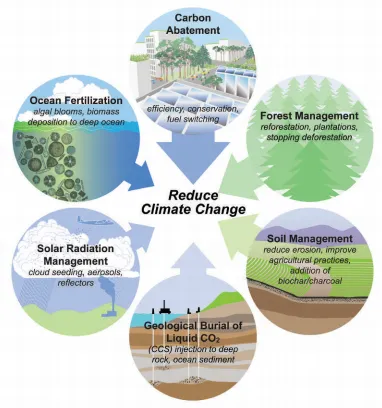Here Are the Five Best Ways to Fight Climate Change, Ranked by Scientists
Given their “feasibility, cost-effectiveness, risk, public acceptance, governability and ethics,” these are the best ways to fight global warming
/https://tf-cmsv2-smithsonianmag-media.s3.amazonaws.com/filer/43/5b/435bed42-83dd-4137-a45d-4c29c456c808/42-46209541.jpg)
Global warming is a great big problem, and this week, the Obama Administration announced new rules to help tackle carbon pollution from power plants in the United States. While cutting emissions from U.S. power plants will make a dent in global emissions, there are 800 gigatons of carbon already in the atmosphere, and human activity adds another ten percent each year.
What will it actually take to scale back global warming? This week, in Frontiers in Ecology in the Environment, biogeographer Daniela Cusack and her colleagues ranked methods to combat climate change. Here they are, from greatest to least helpful:
-
Reducing carbon emissions. This one seems obvious but the paper stresses that it "should remain the focus of climate-change policy." That means improving energy efficiency, conserving usage, and adopting alternative fuel sources in transportation.
-
Sequestering carbon. Plants trap and store atmospheric carbon, and they could do more of that, if only we'd let them. The UCLA study suggests promoting forest regrowth and managing agricultural land.
-
Carbon capture and storage. Millions of tons are carbon are being turned into liquid underground, and Cusack suggests that "this method has the potential to store billions of tons," in an email. (Only problem: it's really expensive.)
-
Ocean fertilization. Adding iron to our ocean would promote algae growth. More algae means more underwater plants to consume the carbon. But this is risky: it also could deprive other marine life of oxygen. Plus, the carbon is only trapped if the algae die and sink to the ocean floor, adds Cusack in an email.
-
Managing solar radiation. Adding water droplets to the atmosphere increases cloud cover and reduces sunlight that shines onto the earth. Another option: adding solar reflectors in outer space. It's less clear how these intervention themselves will affect the climate.
None of these are new ideas; Cusack and her colleagues evaluated them by considering their "feasibility, cost-effectiveness, risk, public acceptance, governability and ethics," UCLA says. The basic takeaway here: we need to work on reducing carbon emissions before trying geoengineering schemes. The answers to what the world needs to do are pretty clear. The answer of how to get geopolitical actors to actually do these things is much less obvious.
